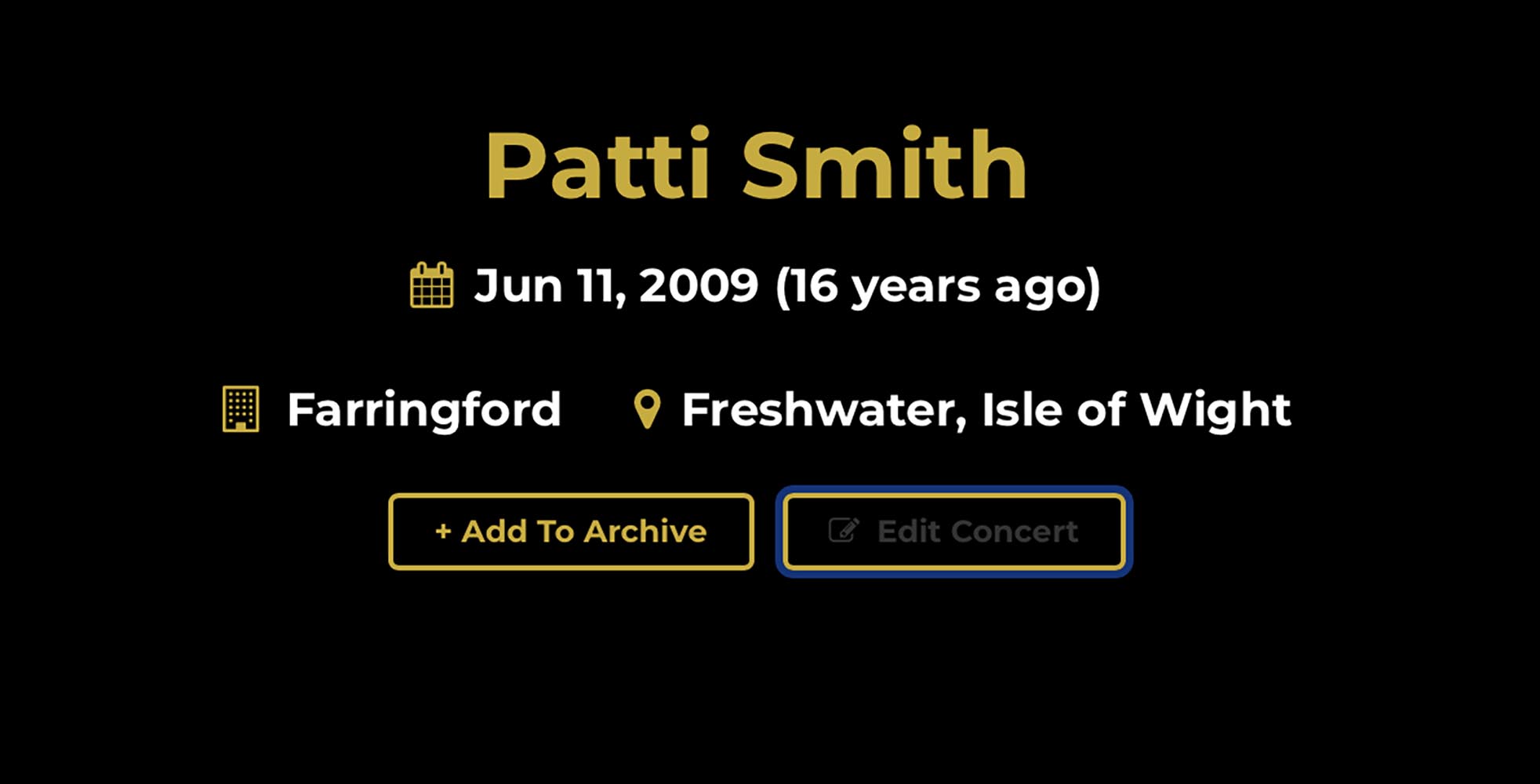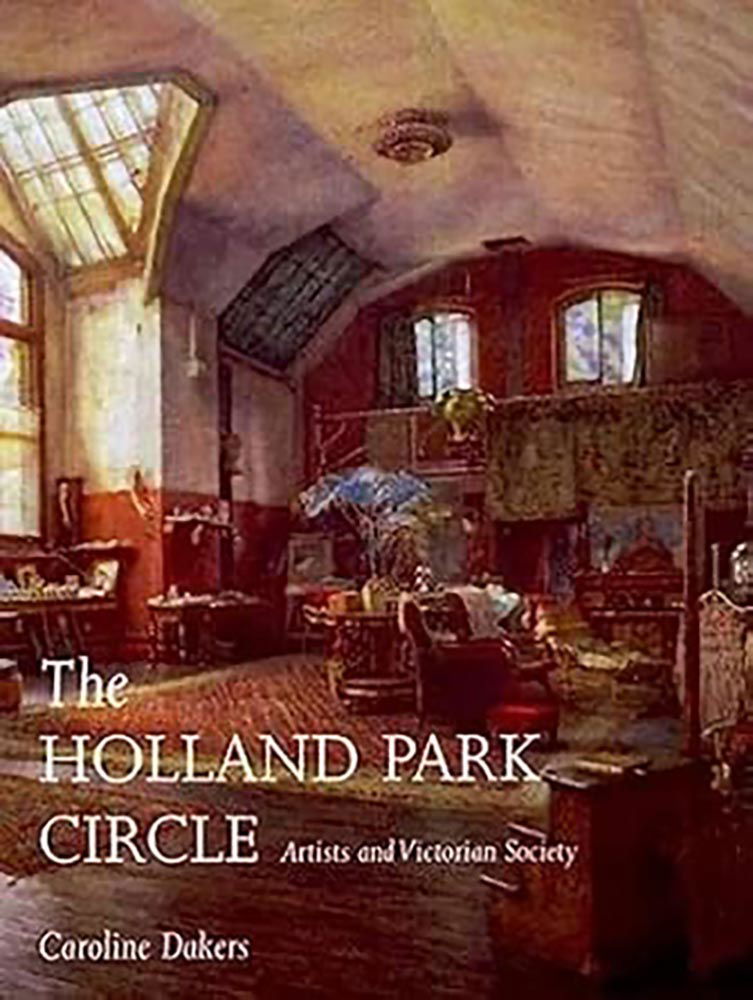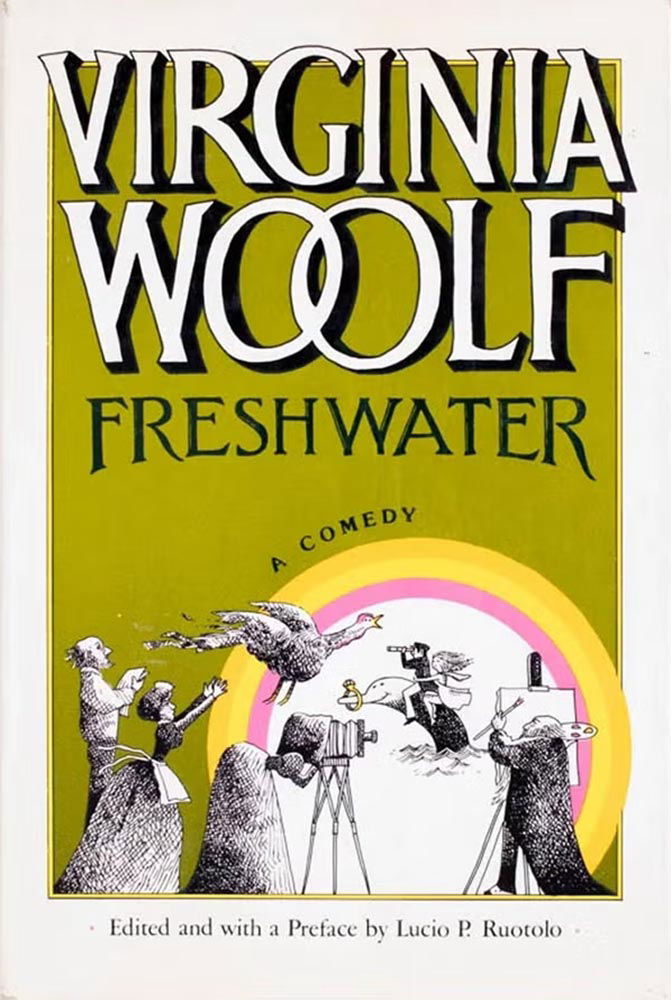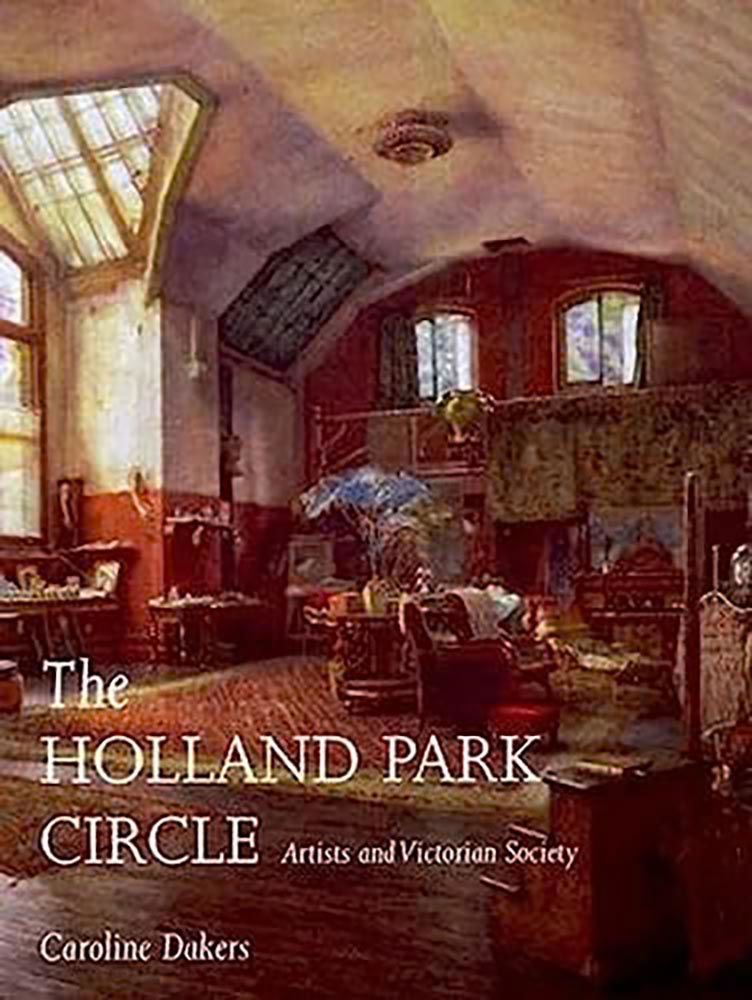

"And very occasionally you find a fellow-traveller visitor - hipsters and arts cognoscenti as a real treat… I met the intellectual mythographer Marina Warner, the singer-poet (and photographer) Patti Smith and the cybernetic art pioneer Roy Ascott recently like this.. Dimbola Museum does have a global reputation, after all…it is an International cultural attractor."
So, it was great - Patti Smith in cabaret mode - to an intimate audience of about 200 at Farringford (she was to play a much bigger gig in London the following week) but this appropriately was personal - just Patti herself, her guitar and her memories, her thoughts on the Tennyson/Cameron Freshwater Circle, and on early photography. Patti is herself a product of bottom-up street culture - inventing new styles of personal presentation and style alongside her music and lyrics - look at the photographs of Patti and Robert Mapplethorpe in the late Sixties/1970s/1980s..
So Dimbola and Farringford - the gallery museum based at Julia Margaret Cameron's home and studio in Freshwater Bay - and Tennyson's home near the Downs - are both central to the cultural history of the West Wight - and the whole world - both in the 19th century and later, through the Twenties, the Sixties and right up to the present.
Your project is to create a pageant, based on Tennyson's and Julia's 'ideal circle of talent' - all the Freshwater Circle - and Julia's sister's circle based at Little Holland House) - described so well by Virginia Woolf in her Freshwater play and by Lynn Truss in her delightful Tennyson's Gift, - and Caroline Dakers: The Holland Park Circle.



and see Caroline Dakers: The Holland Park Circle and Gail Middleton: The Freshwater Circle Through the Looking Glass...

One of the ideas we'd like you to explore and possibly develop theatrically is the notion that the Freshwater Circle, spreading-out into the Holland Park Circle - and subsequently into Sussex at Charleston, cemented a link between the Bohemians of Freshwater and the artistic avant-garde and bohemianism of Bloomsbury and the Holland Park Circle and the latter decades of the 19th century - indicating at least the foundation of a boho counter-culture that was to impact on Twentieth Century in all kinds of ways. I also want you to examine how Sixties street fashion - from used-clothes shops, army and navy surplus stores, charity stores and jumble/garage sales with purchases choreographed and created by teenagers invented a highly personal sense of boho style, exemplified on the Kings Road, Notting Hill and Camden Market in the Sixties and inspiring haut couture designers like Yves St Laurent, Mary Quant and Barbara Hulanikki... Create a show/fashion walk/parade based on these ideas...